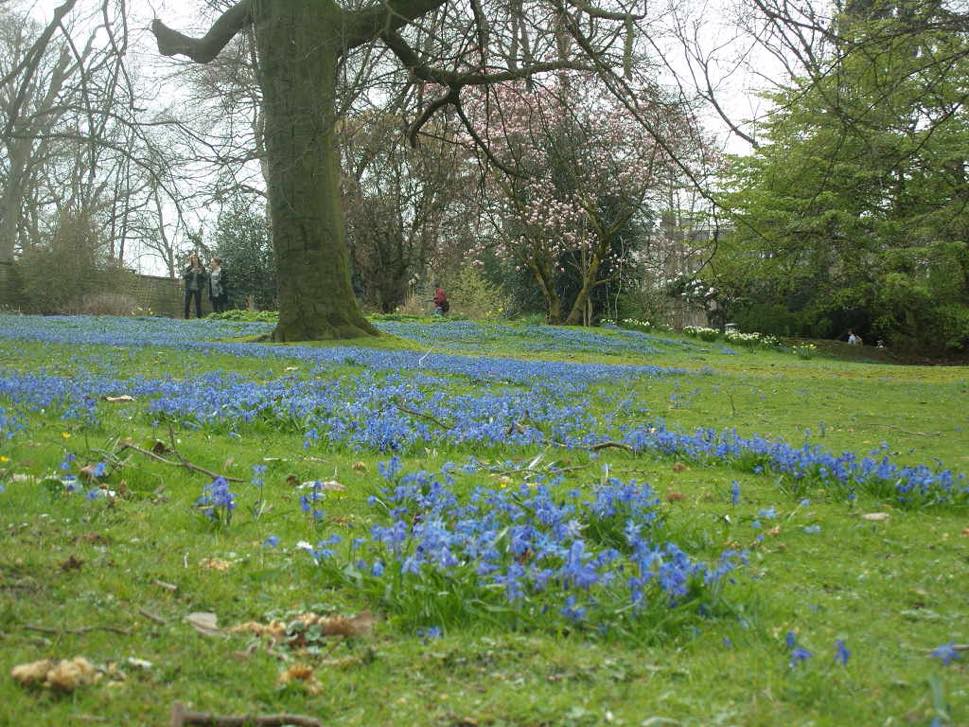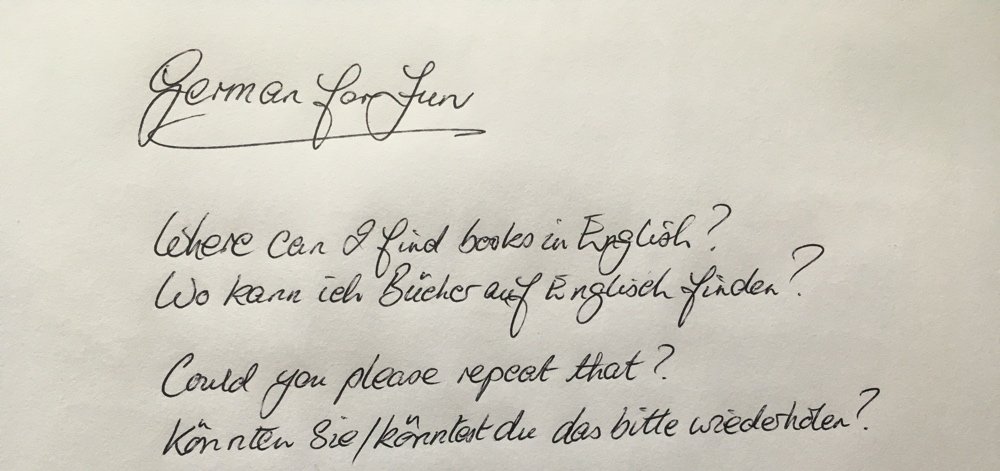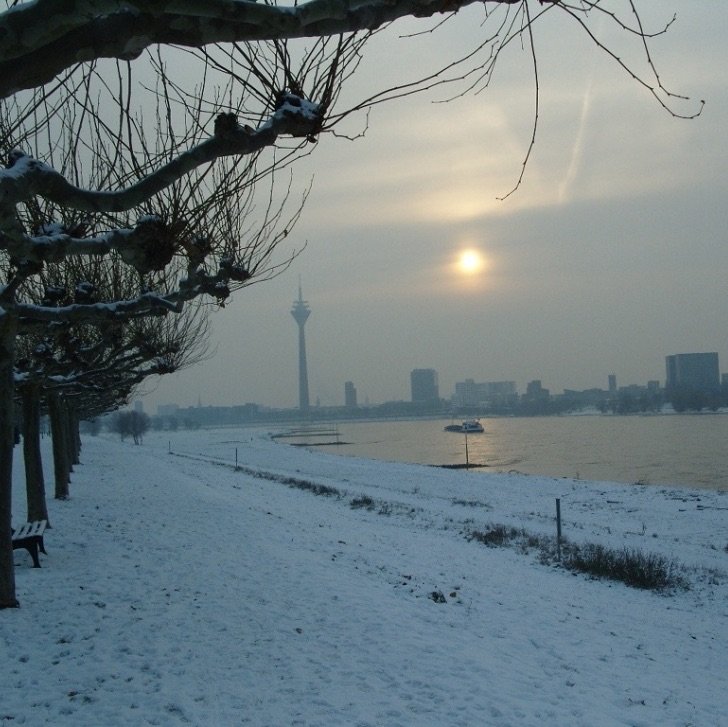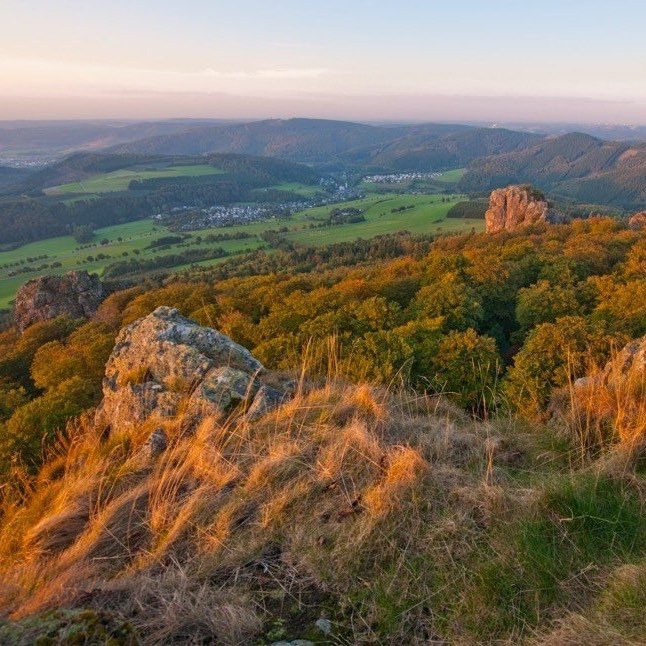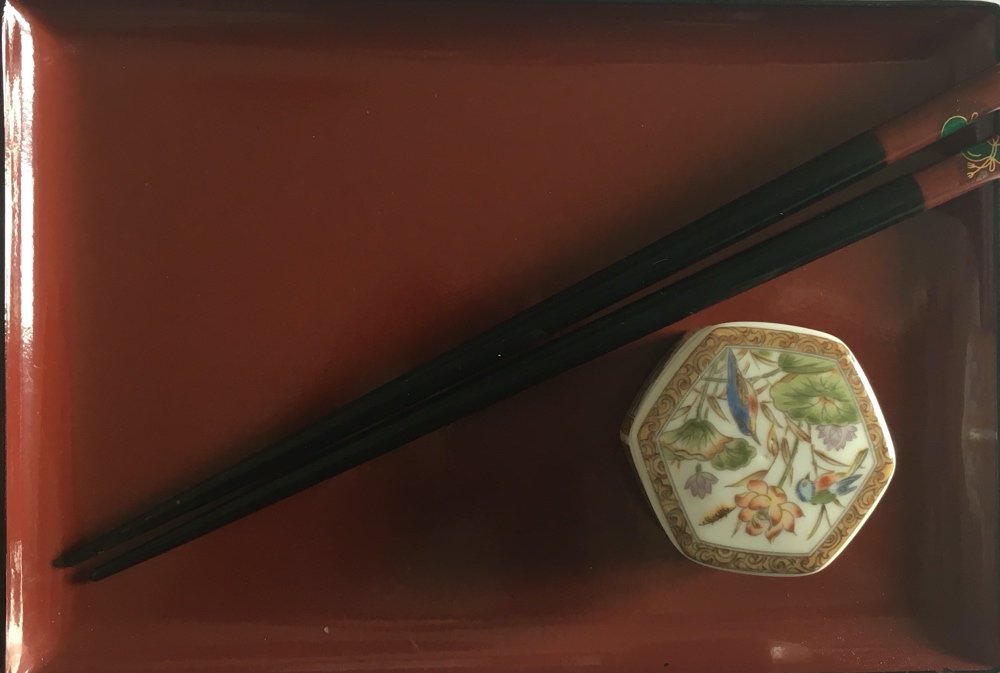The legacy of industrialist and art collector Laurenz Heinrich Hetjens formed the foundation of the Hetjens Museum, which was opened in 1909. Based originally around a considerable collection of Rhenish stoneware, its works have been expanded through further donations and selective purchases.
The museum covers 8,000 years of ceramics history, uniting over 20,000 pieces from every continent. The collection presents a wide range of ceramics from early Anatolian vessels dating around 6,000 BC to antique vases, Italian majolica, picture tiles, East Asian porcelain and contemporary ceramics.
Alongside impressive utilitarian objects, unique pieces of accomplished craftsmanship with extravagant decorations and three-dimensional works can be viewed. Pieces include those from early periods, antiquity, Africa, Pre-Colombia, earthenware and stoneware from Europe, Islam, European faience, East Asia, porcelain from European manufactures and 20th century ceramics. The largest object is a cupola from Multan in present day Pakistan.
Regular themed exhibitions complement the ceramic museum’s permanent displays.


